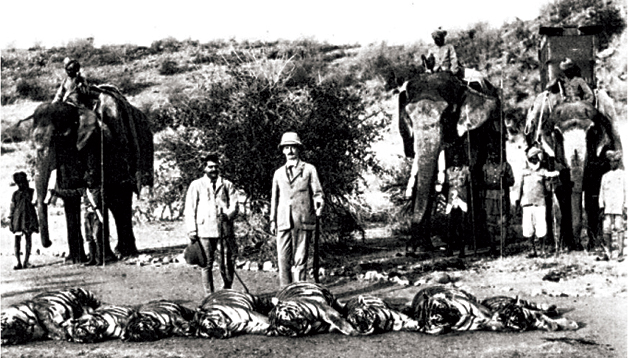
An evening with a writer who is also a hunter, fisherman,trekker and gourmet cook is a great recipe for good taste and tall tales. When I received a dinner invitation from Ravi Man Singh, one of ECS Nepal magazine’s freelancer writers, I jumped at the chance. We met in Thamel, then wound our way on back roads to Ravi’s home in a gated housing colony near Tokha, north of Ring Road. After dodging motorcycles, pedestrians and pot holes we were ready for a nerve-calming drink and table talk over snacks and supper.
Ravi cooked, with the very able assistance of his wife, daughter and daughter’s friend. First, however, we got a tour of their new house and yard. Ravi pointed out features he had added to the plan, including a small fireplace in a corner of the living room where he burned lumber yard scraps to cut the chill on cold winter evenings. A good place to sit and write, I thought.
Then he served drinks, both the potentially intoxicating kind as well as some teetotaler varieties. Hor d’oeurvres were hot roasted cashews followed by pieces of a tasty trout-sized fish known as jal kapur (literally ‘water camphor’), pan fried in delicate herbs. I’ve never been enamored over the native fish of Nepal, but Ravi’s jal kapur was delicious. The flesh was firm, succulent and virtually boneless. “It grows only in cold rivers, not in ponds,” he informed me. “It is sometimes available from fish mongers on New Road.” Good for a gourmet writer to know!
We were three writers at dinner, including the magazine’s assistant editor, Amendra Pokharel. Our talk ultimately moved from fishing to the art and the craft of writing. As an art, there’s not much an editor can do to influence it. One either has talent or not. But, one’s art can always be improved by working on the craft side of the equation, with the techniques of writing—grammar, syntax, spelling, phraseology, a sharpening of the creative eye, some strengthening of research tools, and the like. So, we talked about craft. Along the way, Ravi explained that he started writing after retirement when he had time to put down some of the memories from a lifetime of outdoor adventure. “I enjoy writing, and have learned new things with every essay,” he said. When Amendra pointed out that “It’s not always easy writing in a second or third language (English), like so many Nepalese writers do,” I agreed and added that “If I had to write exclusively in Nepalese (my own second language) I’d probably change careers.”
The conversation swayed back and forth between a writer’s struggle with craft, creativity and language, and Ravi’s active sportsmanship. He mentioned a former passion for hunting, an abiding joy of fishing, and a love of travel and trekking to out-of-the-way pilgrimage sites. We’ve already published some of Ravi’s stories on fishing, trekking and kite-flying, so when he asked how he could craft something new on the sportsman theme, we suggested that he write up a hunting story. He could use it to document an intriguing aspect of Nepal’s historic past. Several possibilities came to mind, including famous big game shoots in the Tarai, wild boar hunts in the mid-hills, and blue sheep expeditions in the high Himalayas. “There’s a lot there for our readers to enjoy,” I said, though we also acknowledged that big game hunting is not environmentally popular any more. “Still, it’s history and, therefore, worthy of writing about”, we all agreed.
Dinner was served: Ravi’s special fried chicken, with an egg curry, several vegetable dishes, rice and lentils, and lapsi chutney on the side. We sat on the floor and ate bhat with our fingers, like Nepalese sportsman do in the wild. Dessert was ju-ju dhau, Bhaktapur’s famous ‘raja’s dahi’ (‘king’s yogurt’), a fitting wrap-up to an evening of writerly table talk.

Massage Away your Stress
A Five Thousand-Year-old Ayurvedic massage helps you de-stress from your hectic life. Life brings in a lot...






